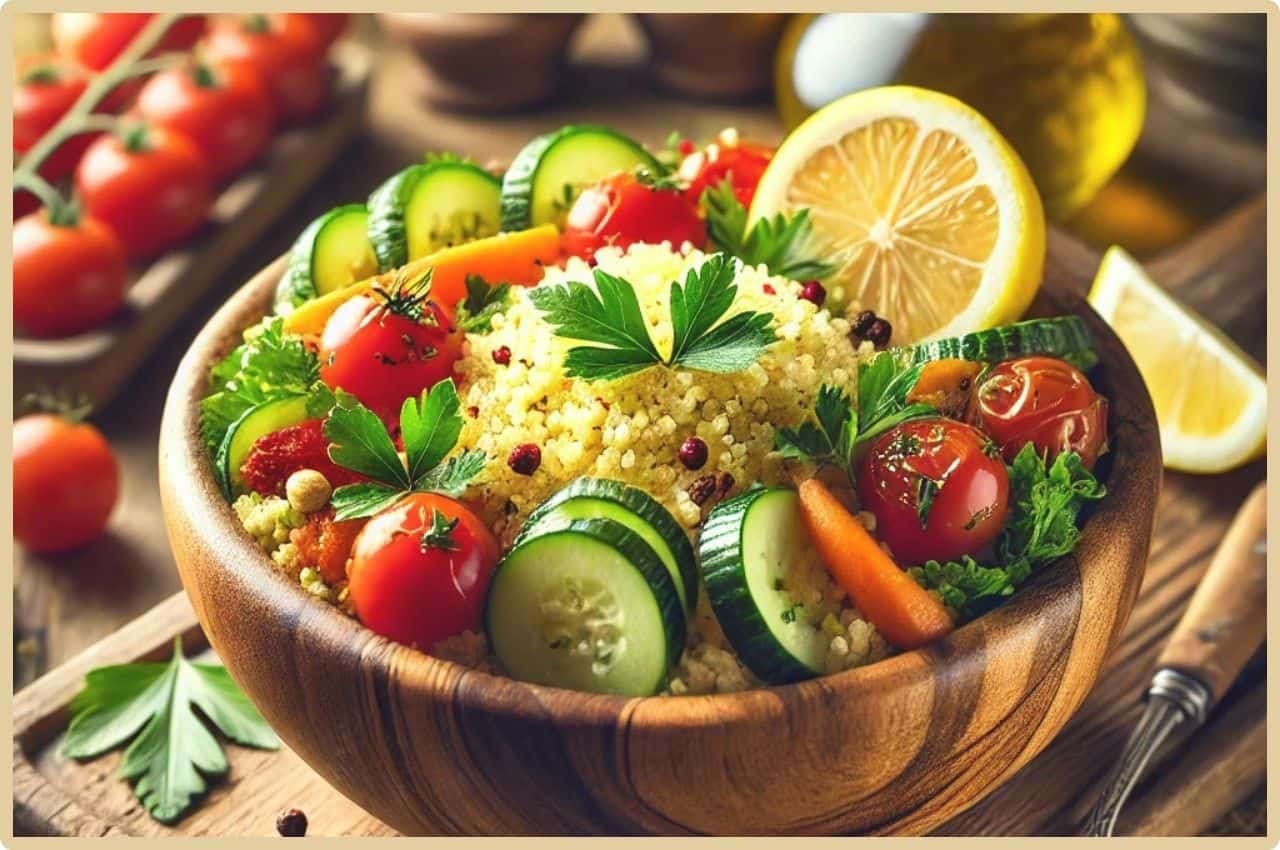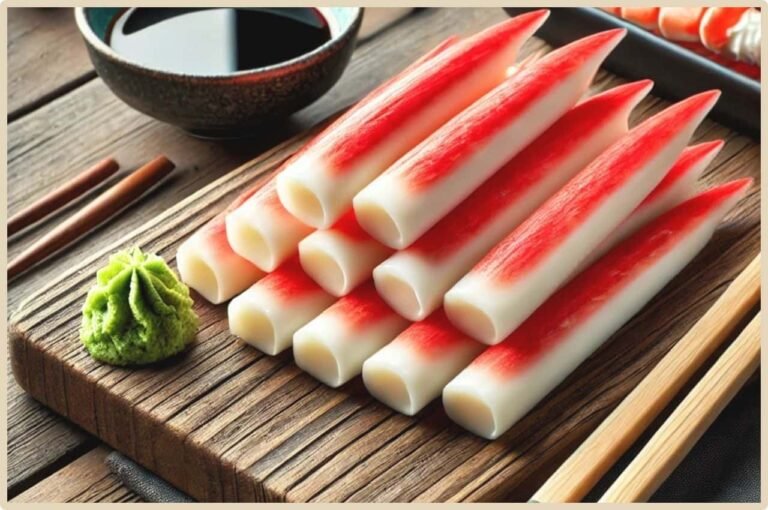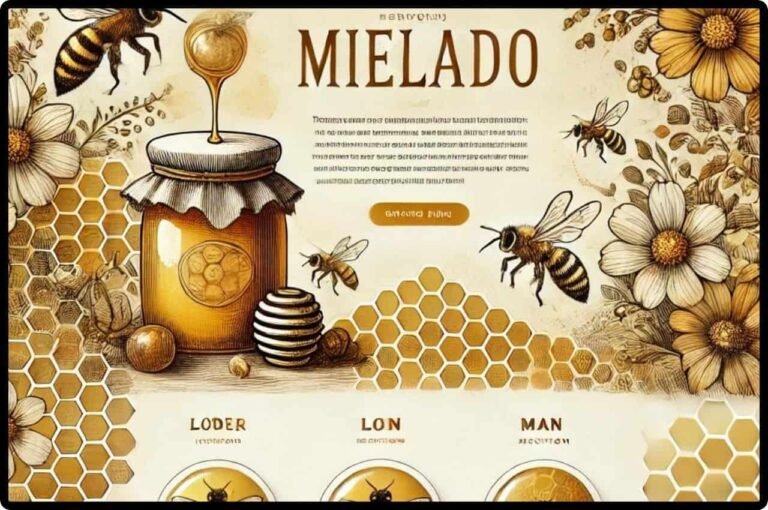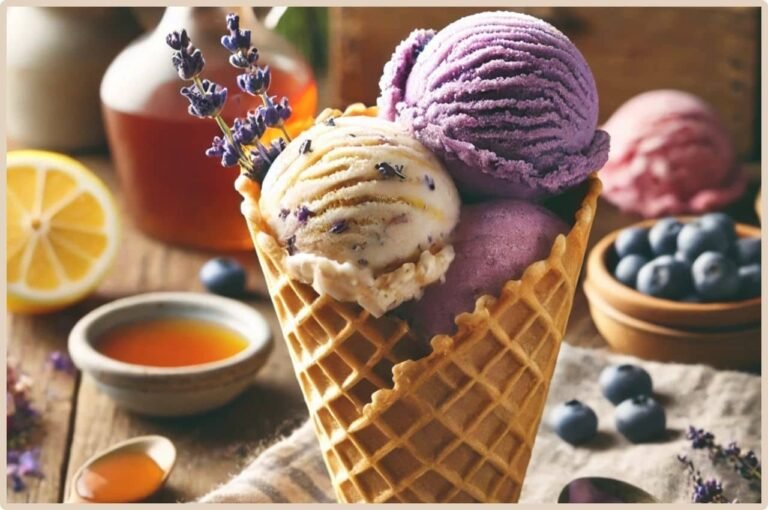Cuşcuş: A Delicious Grain with a Rich Heritage
Introduction to Cuşcuş
Cuşcuş, also known as couscous in many parts of the world, is a versatile and nutritious dish with deep cultural roots. Originating from North Africa, cuşcuş has been embraced globally, becoming a staple in Middle Eastern, Mediterranean, and European cuisines.
Traditionally made from semolina wheat, it’s known for its light, fluffy texture that pairs well with various foods. Cuşcuş can be served as a main dish or a side, offering a perfect base for vegetables, meats, and aromatic spices.
The grain’s adaptability and ease of preparation have made it a popular choice for home cooks and professional chefs. It’s often enjoyed during family gatherings, festive occasions, and casual dinners. Over time, cuşcuş has evolved, with different regions adding their unique twists—vibrant spices in Morocco, savoury meats in Tunisia, or rich vegetables in Turkey.
The Traditional Recipe for Cuşcuş
Ingredients:
- 2 cups of cuşcuş (semolina wheat)
- 2 cups of boiling water
- 2 tablespoons of olive oil
- 1 teaspoon of salt
- Optional: vegetables (carrots, zucchini, chickpeas), spices (cumin, paprika, turmeric)
Preparation Method:
- Essential Preparation: Place the cuşcuş in a large bowl. Add olive oil and salt, then mix gently to coat the grains.
- Steam the Cuşcuş: Pour boiling water over the cuşcuş, cover the bowl, and let it sit for about 5 minutes until it absorbs the water.
- Fluffing: After the grains have softened, use a fork to fluff the cuşcuş, breaking up clumps.
- Adding Flavor: For additional flavour, you can sauté vegetables with spices and mix them into the cuşcuş. Traditional spices like cumin, coriander, and cinnamon can add a warm, earthy taste.
This basic recipe is highly customizable. Whether you prefer adding grilled chicken, roasted vegetables, or a rich tomato sauce, cuşcuş acts as a blank canvas that absorbs the flavours beautifully. It’s a perfect choice for a quick meal that doesn’t compromise on taste.
Cuşcuş Varieties Across the World
Cuşcuş is prepared and enjoyed differently across various cultures. Let’s examine a few of the well-liked variations:
North African Cuşcuş
In North Africa, cuşcuş is typically served with a stew made from lamb, chicken, or fish. It’s often enriched with chickpeas, raisins, and a blend of spices like cumin, coriander, and saffron. The dish is hearty and filling and is commonly shared among family members during communal meals.
Mediterranean Cuşcuş
In Mediterranean countries like Israel and Lebanon, cuşcuş is often more significant and referred to as “pearl couscous” or “Israeli couscous.” It is cooked similarly to pasta and mixed with fresh ingredients like olives, tomatoes, cucumbers, and herbs like parsley and mint, creating a refreshing salad perfect for warm climates.
Turkish Cuşcuş
Turkish cuşcuş is more minor, similar to the traditional version, but it’s often cooked with a tomato-based sauce. It’s served alongside grilled meats or added to soups for a heartier texture. Turkish variations may include nuts like pine nuts or almonds for added crunch.
Health Benefits of Cuşcuş
Cuşcuş is not only delicious but also packed with health benefits. Here are some reasons to think about including it in your diet:
Rich in Carbohydrates: Cuşcuş is a good source of complex carbohydrates, providing sustained energy throughout the day. This makes it an excellent choice for athletes, active individuals, or anyone needing a quick energy boost.
- Low in Fat: Naturally low in fat, cuşcuş is a heart-healthy grain. Paired with fresh vegetables, lean meats, or legumes, it can make for a balanced meal promoting cardiovascular health.
- High in Fiber: Whole wheat cuşcuş is an excellent source of dietary fibre, aiding digestion and maintaining gut health. It helps prevent constipation and promotes a feeling of fullness, supporting weight management.
- Packed with Essential Nutrients: Cuşcuş contains important minerals like selenium, which supports a healthy immune system and thyroid function, as well as manganese, magnesium, and zinc, all of which are beneficial for overall wellness.
- Protein-Rich Option: While cuşcuş alone is not high in protein, it can be easily combined with legumes, chickpeas, or lean meats to create a protein-rich meal, making it suitable for vegetarians and non-vegetarians.
How to Incorporate Cuşcuş in Your Diet?
If you’re looking to add variety to your meals, cuşcuş is an easy addition that can be incorporated in many ways:
- As a Side Dish, Serve cuşcuş alongside grilled meats, fish, or roasted vegetables for a quick and tasty side dish.
- In Salads: Use it as the base for a Mediterranean salad, mixing it with cucumbers, tomatoes, olives, feta cheese, and a splash of lemon juice for a refreshing dish.
- In Soups: Add cooked cuşcuş to soups or stews to make them more filling and nutritious.
- As a Breakfast Bowl: You can even use cuşcuş for a sweet breakfast bowl, mixing it with fruits, nuts, honey, and yoghurt.
FAQs about Cuşcuş
What is cuşcuş made of?
- Cuşcuş is made from semolina wheat, which is formed into tiny granules.
Is cuşcuş gluten-free?
- No, cuşcuş is not gluten-free as it is made from wheat. However, there are gluten-free alternatives made from rice or corn.
How long does it take to cook cuşcuş?
- Traditional cuşcuş takes about 5-10 minutes to cook once boiling water is added.
Is cuşcuş healthier than rice?
- Both cuşcuş and rice have their nutritional benefits, but whole wheat cuşcuş is often higher in fibre and certain minerals than white rice.
Can you eat cuşcuş cold?
- Yes, cuşcuş can be enjoyed cold, making it an excellent ingredient for salads or meal prep.
What can I add to cuşcuş for more flavour?
- You can add herbs, spices, sautéed vegetables, nuts, dried fruits, or a squeeze of lemon juice for extra flavour.
Conclusion
Cuşcuş is more than just a simple grain—it symbolizes culture, tradition, and health. Its versatility in sweet and savoury dishes makes it an excellent addition to any kitchen. Whether you are looking for a quick side dish, a hearty main dish, or a nutritious salad base, cuşcuş offers endless possibilities.





